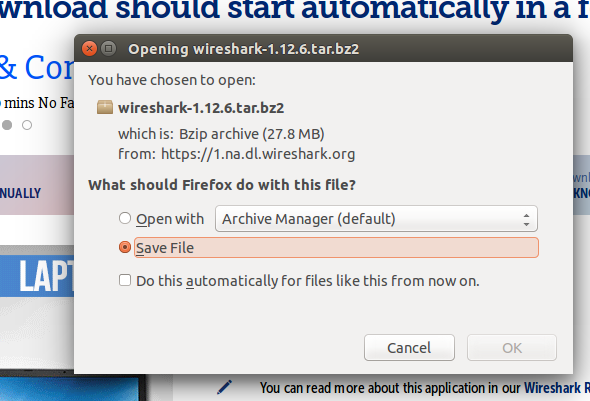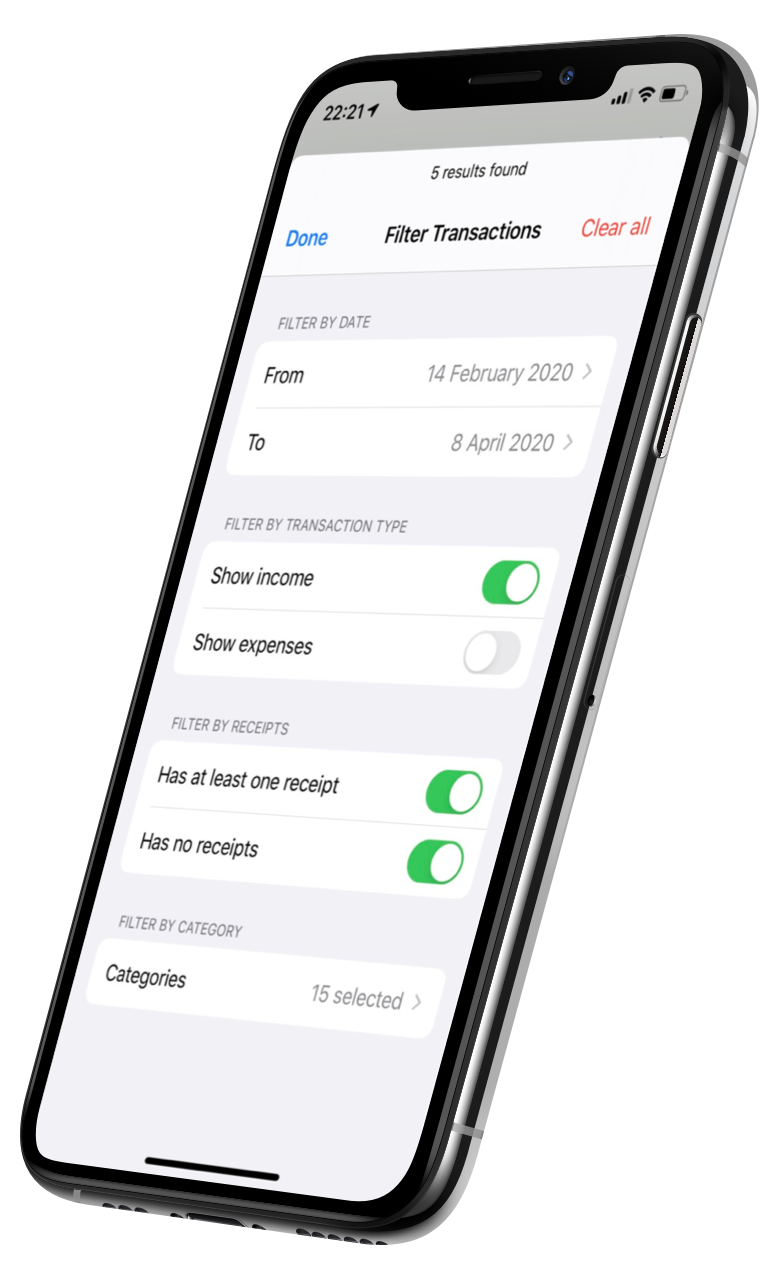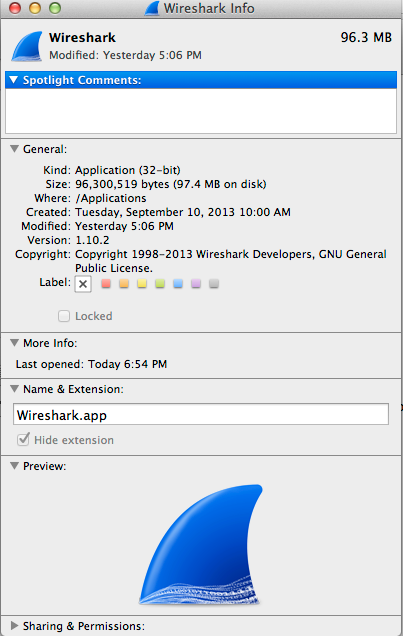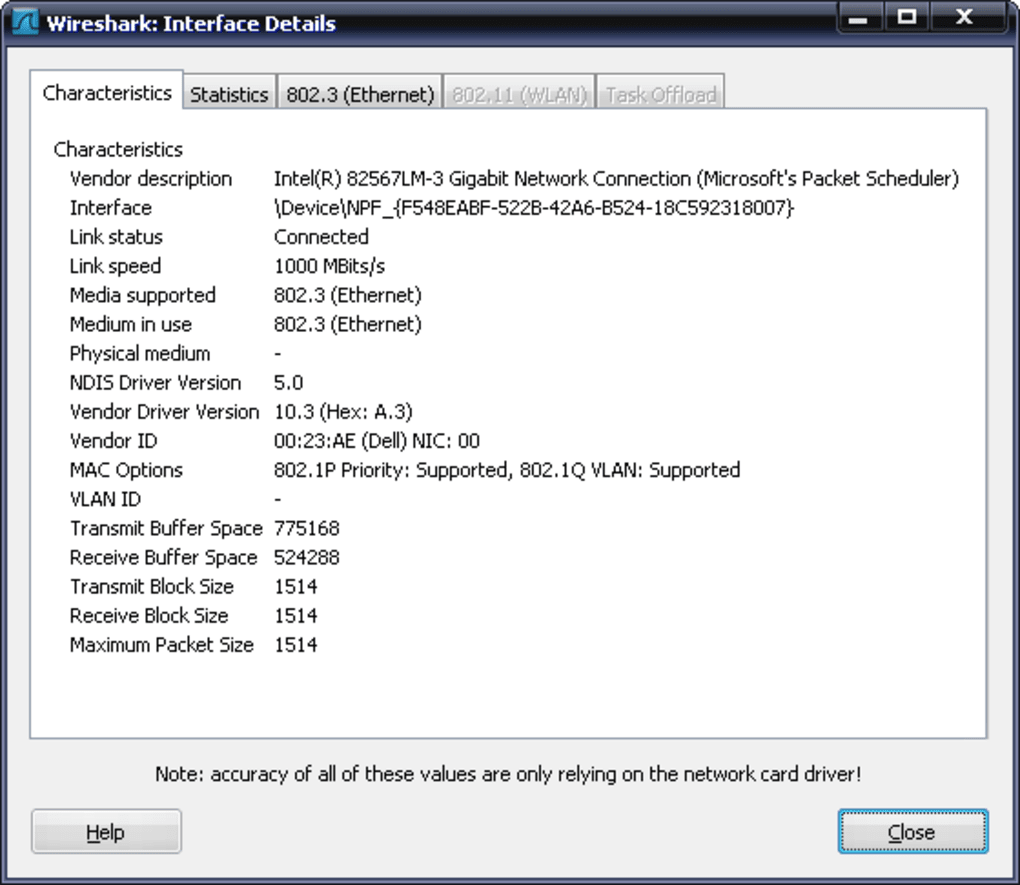

- #WIRESHARK IOS APP MAC OS X#
- #WIRESHARK IOS APP PDF#
- #WIRESHARK IOS APP INSTALL#
- #WIRESHARK IOS APP SERIAL#
Start Wireshark capture your wireless interface with Wireshark, it is probably "en1". If the phone does not want to connect, turn of wifi of Mac, then repeat step 2 above and be patient. I need quite often several attempts here. You may want to also to configure some wifi security, it does not disturb your data monitoring.Ĭonnect your phone to your newly created network. Check that you have "Share your connections from: Ethernet" and using: Wi-Fi. System preferences > Sharing > Internet Sharing.
#WIRESHARK IOS APP INSTALL#
Install free Wireshark, make sure that it can capture devices with (and you need to do this after every computer restart!): If you have cable connection and Mac, then there is simple and powerful method: This is nice because if you want to packet sniff the simulator, you're having to wade through traffic to your local Mac as well, but rvictl creates a virtual interface that just shows you the traffic from the iOS device you've plugged into your USB port. Then you sniff the interface it creates with with Wireshark (or your favorite tool), and when you're done shut down the interface with: rvictl -x The best solution for packet sniffing (though it only works for actual iOS devices, not the simulator) I've found is to use rvictl. You might have to set the proxy on your local Mac to your instance of a proxy server in order for it to intercept, since the simulator will make use of your local Mac's environment. I'm not sure how you would convince the simulator to talk to it.
#WIRESHARK IOS APP PDF#
Here's a sample window depicting TCP traffic for for pdf download from 204.144.14.A man-in-the-middle proxy, like suggested by other answers, is a good solution if you only want to see HTTP/HTTPS traffic.



#WIRESHARK IOS APP SERIAL#
You can find the UDID of your iOS device via iTunes (make sure you are using the UDID and not the serial number).
#WIRESHARK IOS APP MAC OS X#
I have used this app successfully, but it also seems to affect the performance with large traffic volumes (eg video streaming)įor IOS 5+ devices, any network: iOS 5 added a remote virtual interface (RVI) facility that lets you use Mac OS X packet trace programs to capture traces from an iOS device. I haven't tried this app, and there are some restrictions on the type of devices supported (see their page)įor Android phones: tPacketCapture uses the Android VPN service to intercept packets and capture them. Tip: You will need to make sure you supply the right interface name for the capture and this varies from one device to another, eg -i eth0 or -i tiwlan0 - or use -i any to log all interfacesįor Android 4.0+ phones: Android PCAP from Kismet uses the USB OTG interface to support packet capture without requiring root. This app is a tcpdump wrapper that will install tcpdump and enable you to start captures using a GUI. For Android phones, any network: Root your phone, then install tcpdump on it.


 0 kommentar(er)
0 kommentar(er)
